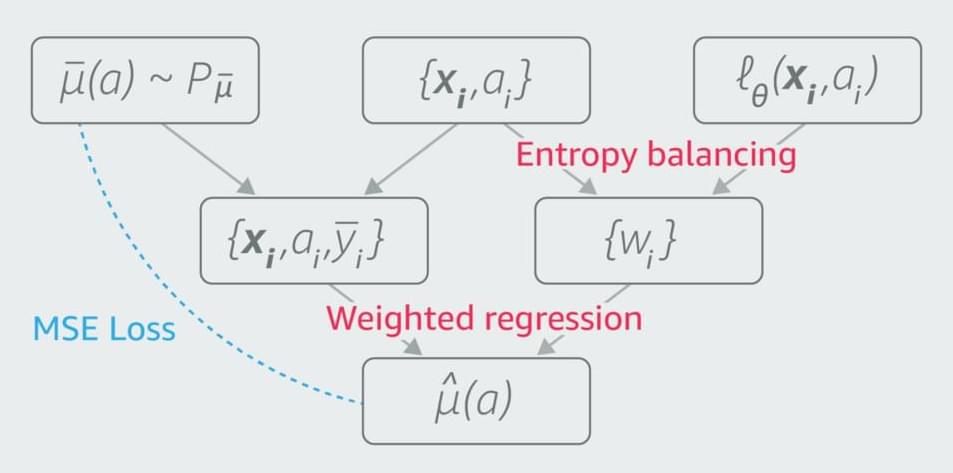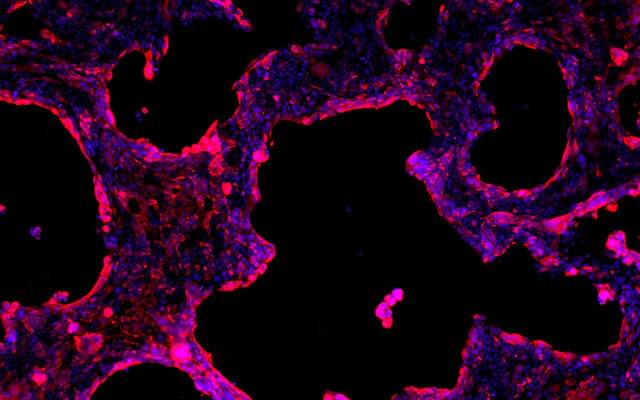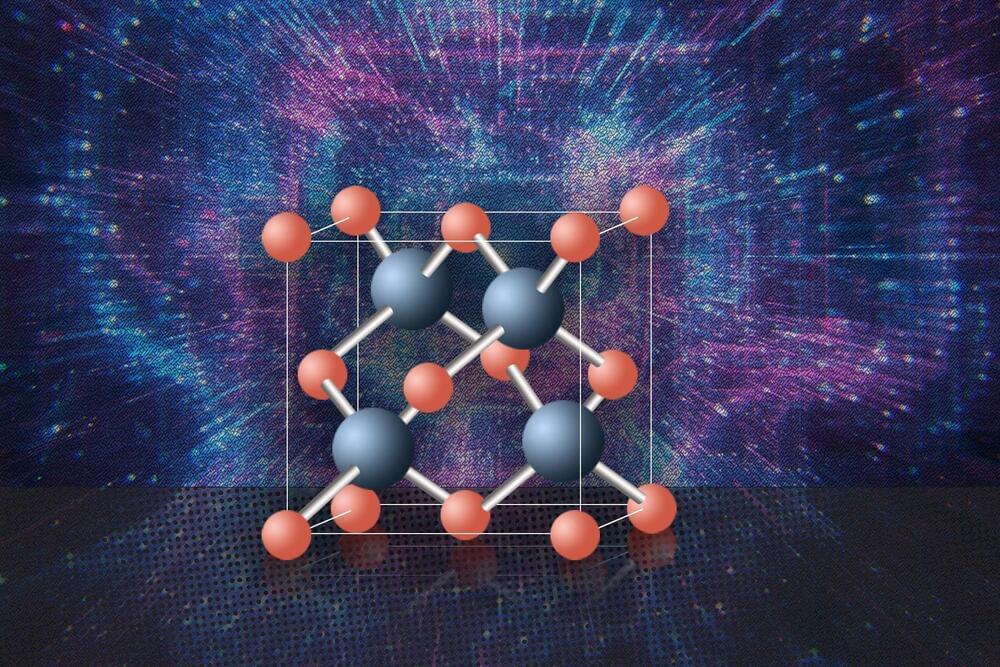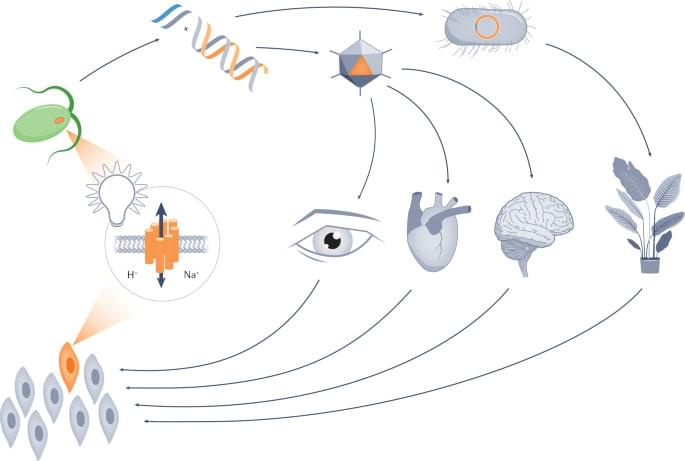Researchers uncover “Lightning Framework,” a new Swiss Army Knife-like Linux malware that has modular plugins and the ability to install rootkits.



At ICML, Amazon scientists presented a paper proposing a new way to estimate the effects of continuously varied treatment —one that uses an end-to-end machine le… See more.
Combining a cutting-edge causal-inference technique and end-to-end machine learning reduces root-mean-square error by 27% to 38%.

Paxlovid is the leading oral medication for preventing severe cases of COVID-19 in high-risk individuals. However, symptoms returned in some patients after treatment was completed, prompting the Centers for Disease Control and Prevention (CDC) to issue a health advisory on this so-called “COVID-19 rebound.”
In a study published June 20, 2022 in Clinical Infectious Diseases, researchers at University of California San Diego School of Medicine evaluated one such patient and found their symptom relapse was not caused by the development of resistance to the drug or impaired immunity against the virus. Rather, the COVID-19 rebound appears to have been the result of insufficient exposure to the drug.

Summary: Researchers suggest that when in a group, ants behave in a similar fashion to networks of neurons in the brain.
Source: Rockefeller University.
Temperatures are rising, and one colony of ants will soon have to make a collective decision. Each ant feels the rising heat beneath its feet but carries along as usual until, suddenly, the ants reverse course. The whole group rushes out as one—a decision to evacuate has been made. It is almost as if the colony of ants has a greater, collective mind.
Welcome to the volstof institute for interdimensional research.
Rob Sheridan, a longtime collaborator with NIN, is utilizing an AI art tool called Midjourney to create an experimental horror-themed alternate reality game.

Researchers from MIT
MIT is an acronym for the Massachusetts Institute of Technology. It is a prestigious private research university in Cambridge, Massachusetts that was founded in 1861. It is organized into five Schools: architecture and planning; engineering; humanities, arts, and social sciences; management; and science. MIT’s impact includes many scientific breakthroughs and technological advances. Their stated goal is to make a better world through education, research, and innovation.

Optogenetic techniques involve the introduction of photoreceptors into selected cells to allow control over their activity using light. In this Primer, Emiliani et al. discuss the most commonly used optogenetic tools, illumination approaches and applications in medicine, cardiovascular science and plants, among many other uses.

I’ve been researching the relationship between brain neurons and nodes in neural networks. Repeatedly it is claimed neurons can do complex information processing that vastly exceeds that of a simple activation function in a neural network.
The resources I’ve read so far suggest nothing fancy is happening with a neuron. The neuron sums the incoming signals from synapses, and then fires when the sum passes a threshold. This is identical to the simple perceptron, the precursor to today’s fancy neural networks. If there is more to a neuron’s operation that this, I am missing it due to lack of familiarity with the neuroscience terminology. I’ve also perused this stack exchange, and haven’t found anything.
If someone could point to a detailed resource that explains the different complex ways a neuron processes the incoming information, in particular what makes a neuron a more sophisticated information processor than a perceptron, I would be grateful.
